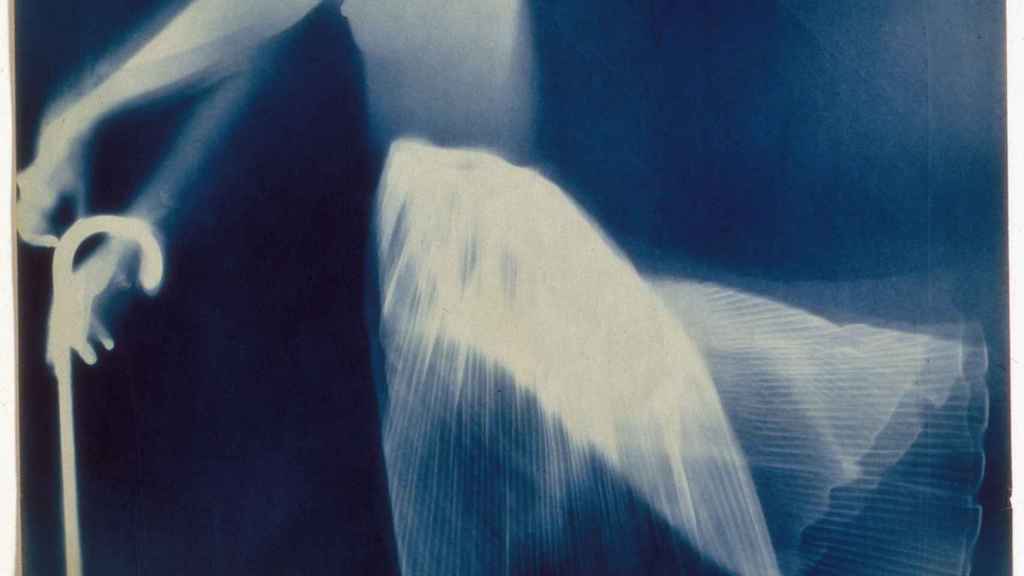From Louise Bourgeois to Bill Viola, from African art to the women of abstraction. The Guggenheim Museum has given us essential stories, essential in the rewriting of a new, rigorous, and more diverse history of art.
Robert Rauschenberg: ‘Untitled (Sue)’, 1950
Robert Rauschenberg: Retrospective. 1998.
Rauschenberg is unclassifiable. Precursor of all the post-war movements, of an enraged creative freedom that he articulates by democratizing everyday objects as a criticism of the consumer society. This retrospective in Bilbao, the most comprehensive to date, explored his avant-garde practice from the 1940s to 1996.
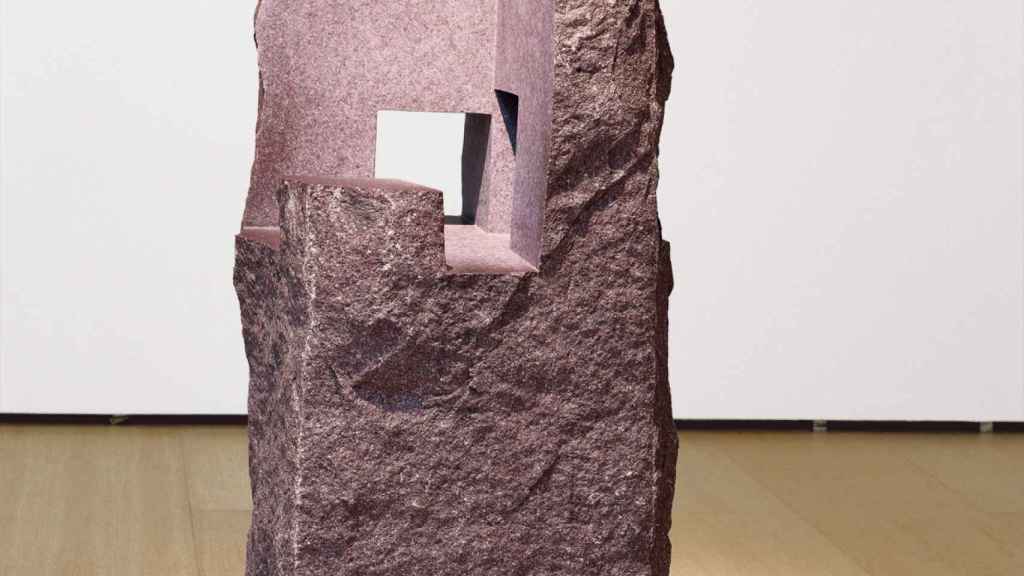
Eduardo Chillida: ‘Space for the spirit’, 1995
Shriek: 1948–1998. 1999.
His first retrospective in a Spanish museum did not go unnoticed on the 75th anniversary of the birth of Eduardo Chillida. Including all its stages and materials, rather than a chronological journey, it sought to bring the viewer closer to more metaphysical questions, to concepts such as the idea of limit, emptiness, space or scale, redrawing an artist-thinker.
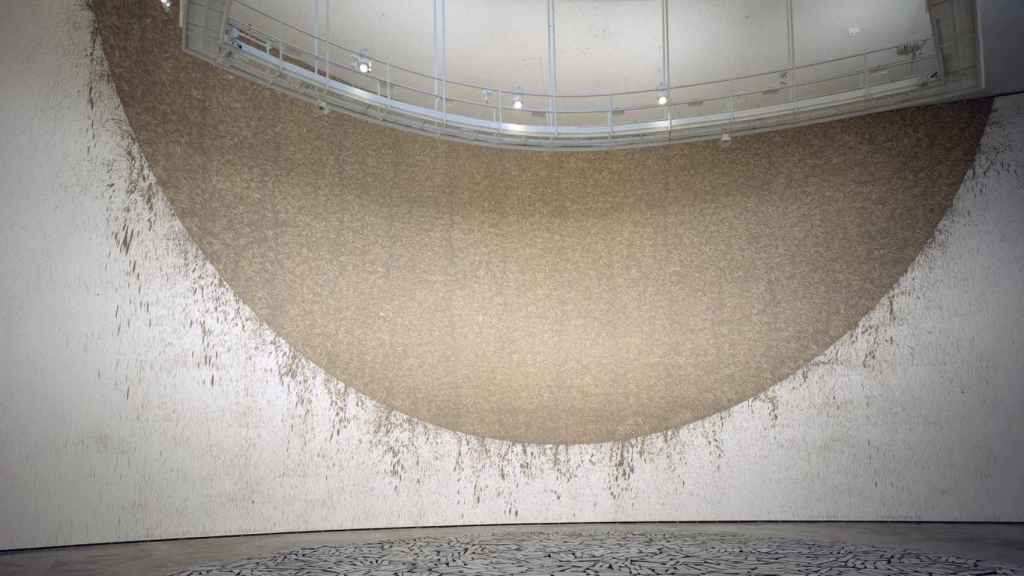
Richard Long installation at the Guggenheim Museum
Richard Long. 2000.
An experience of the landscape based on walking that creates modest sculptures that testify to their belonging to the territory. In Bilbao, Richard Long showed his drawings and sculptures of stone, slate, feathers or sticks grouped in spirals, lines or circles together with mud murals as metaphors of the paths traveled.
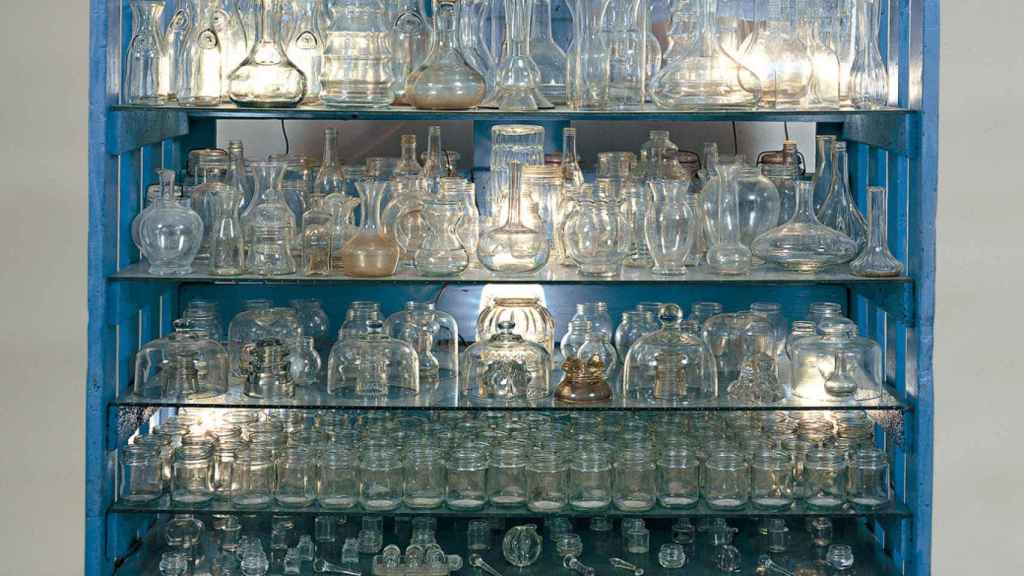
Louise Bourgeois: ‘The Challenge’, 1991 (detail)
Louise Bourgeois. 2001.
Double entry; in 2001 revising his pieces from the permanent collection and in 2016 focusing on his Cells, sculptural creations of highly emotionally charged sets that separate the inside world from the outside, Bourgeois’s work has become a faithful ally of the museum’s programming that shows in the outside permanently its large chandelier.
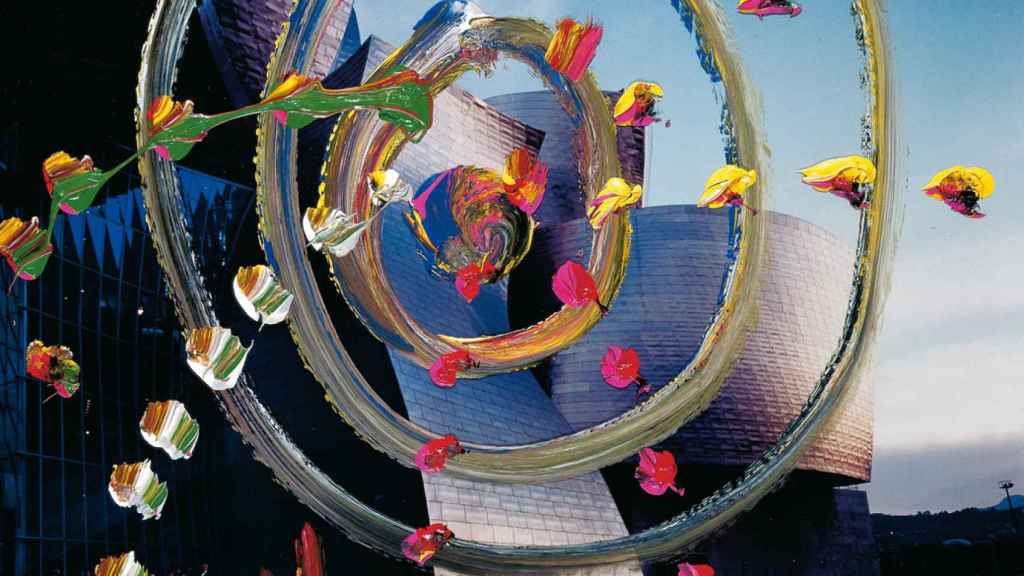
Nam June Paik: ‘Sketch for Synchronous Modulation’, 2001 (detail)
The Worlds of Nam June Paik. 2001.
The first retrospective of the father of video art since 1982. The exhibition went through the stages of Nam June Paik through installations or television broadcasts, legitimizing the impact of the moving image in the mass media.
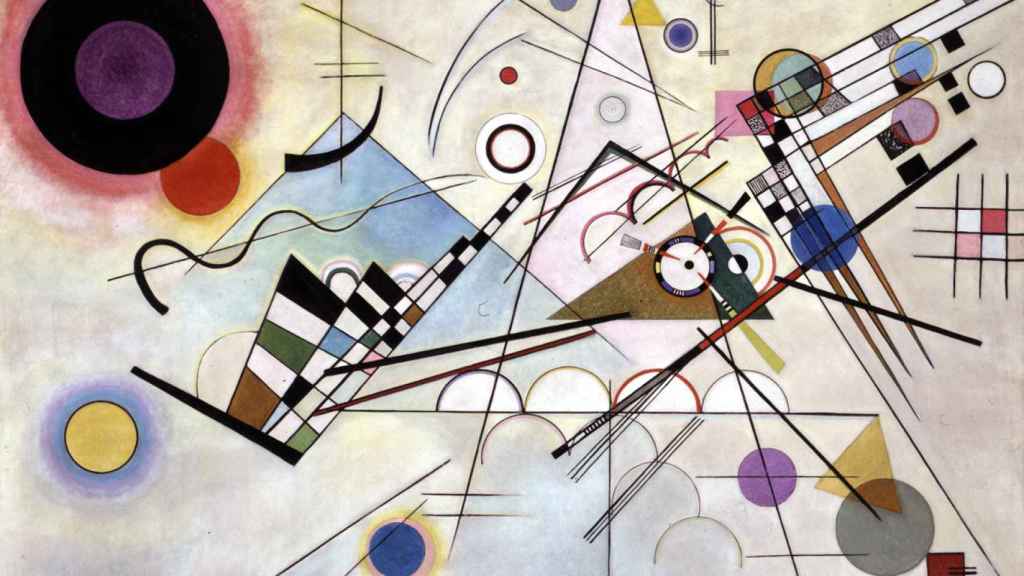
Wassily Kandinsky: ‘Composition 8’, 1923
Vasily Kandinsky in his context. 2002.
Contextualizing the pioneer of abstract art with his contemporaries was the leitmotiv of this great exhibition curated from the extensive holdings of the Solomon R. Guggenheim Foundation, which include more than 150 works by this artist in his fifty-year prolific career.
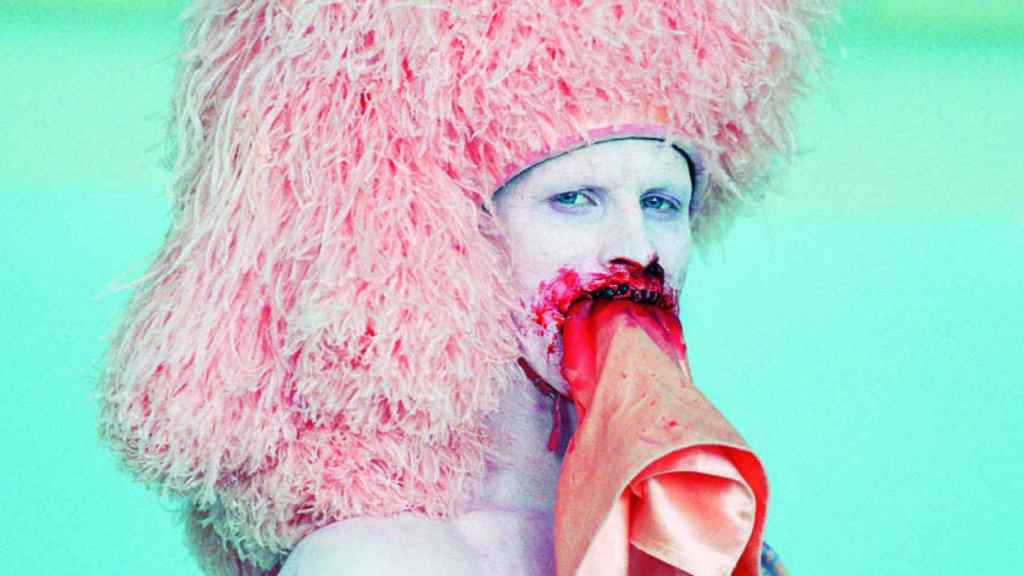
Matthew Barney: ‘Cremaster’, 1994-2002
Moving Pictures. 2003.
A thorough and comprehensive tour of topics from the recent history of the media such as photography, film and video in its multiple applications: as documentation or audiovisual piece, creating new cosmogonies or portraying reality. An essential collective exhibition for recent art.
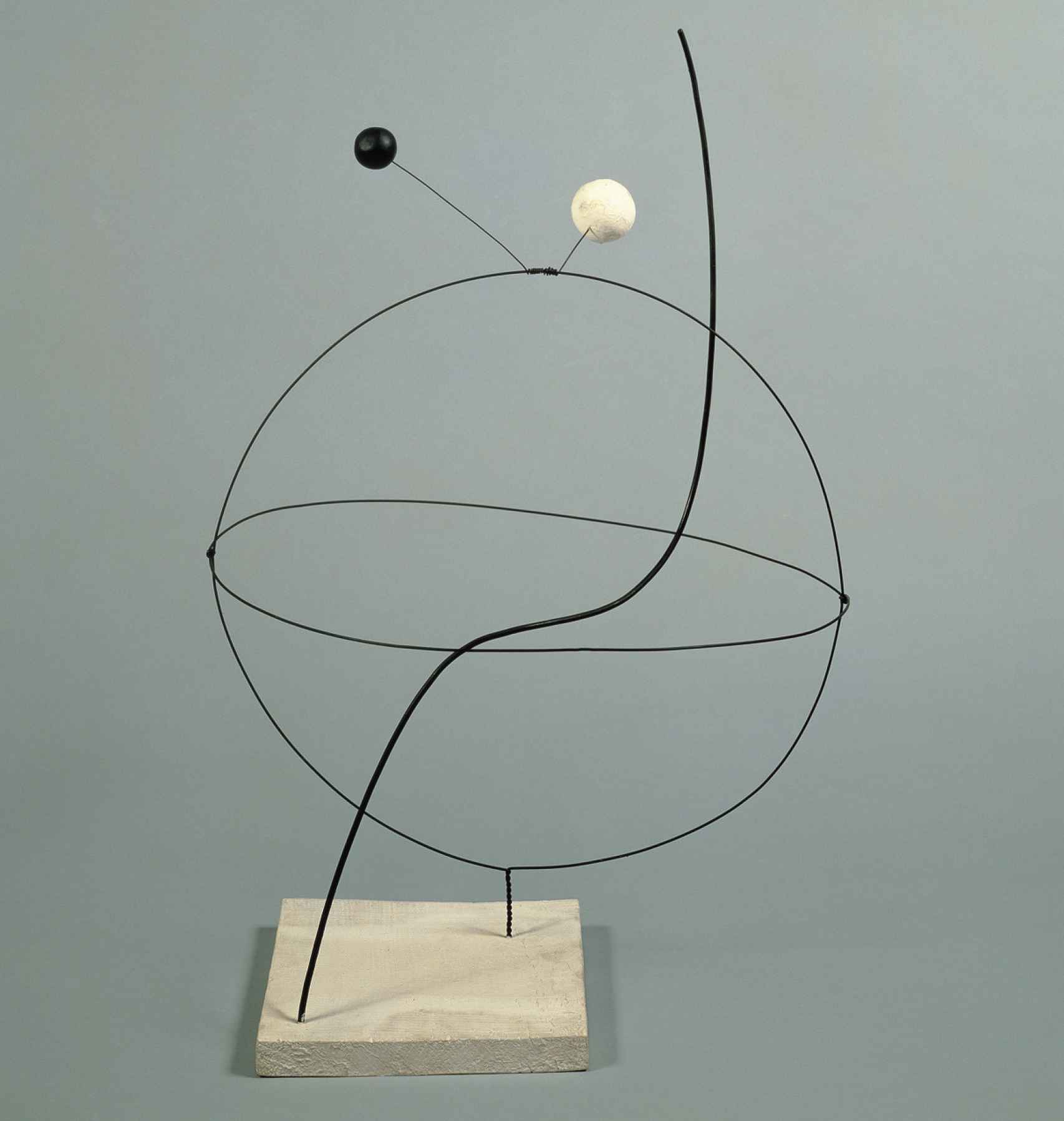
Alexander Calder: ‘Cruise’, 1931
Calder: gravity and grace. 2003.
Exquisite researcher of kinetic art, 65 of his sculptures in movement inhabited the museum inspired by Mondrian’s painting evoking the disposition of the universe. “When everything goes well, a mobile is a poetry that dances with the joy of life and its surprises”, said Alexander Calder.
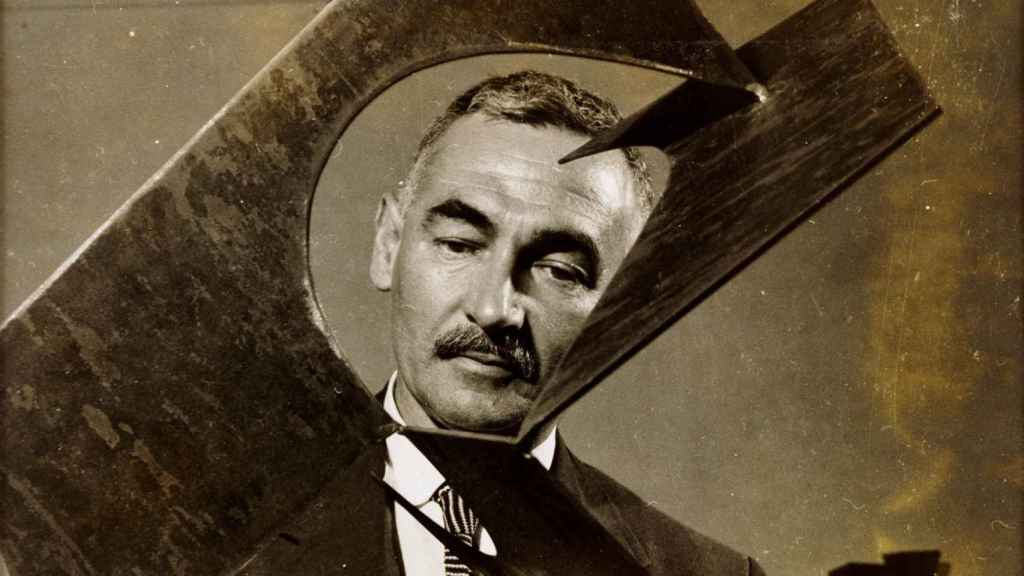
Jorge Oteiza next to the sculpture ‘Empty spiral expansion’, 1957, at the IV São Paulo Biennial
Oteiza: Myth and modernity. 2004.
His most extensive retrospective to date with pieces never exhibited, sculptures and drawings that resize space through the opening of its polyhedrons towards the abstract and the spiritual.
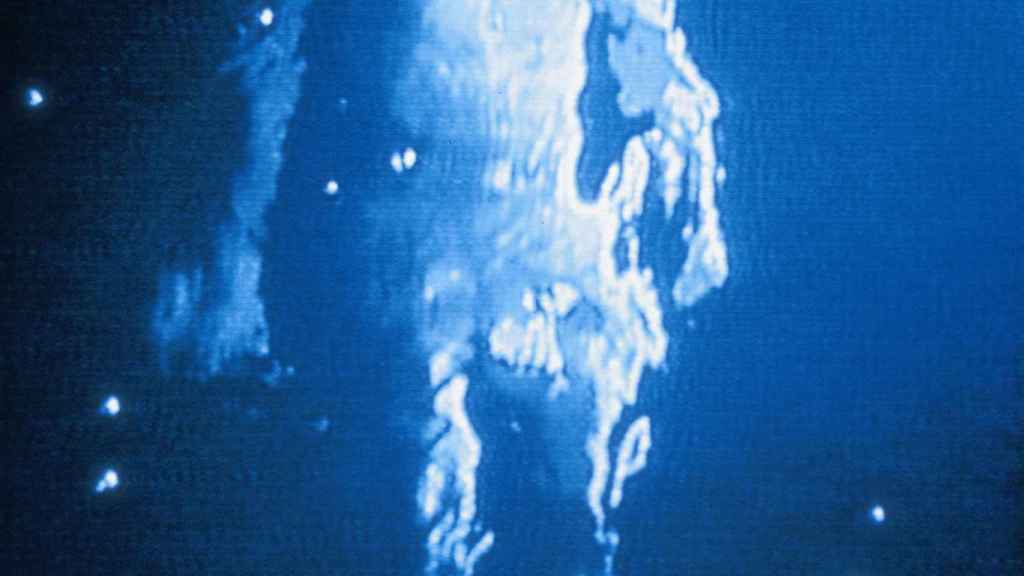
Bill Viola: ‘The Messenger’, 1996 (detail)
Bill Viola: temporality and transcendence. 2004.
In 2004 (and also in 2017) Bill Viola projected his most significant installations in the museum’s rooms. Figures that emerge from the water in high definition evoking deep reflections on the history of art, spirituality and perception.
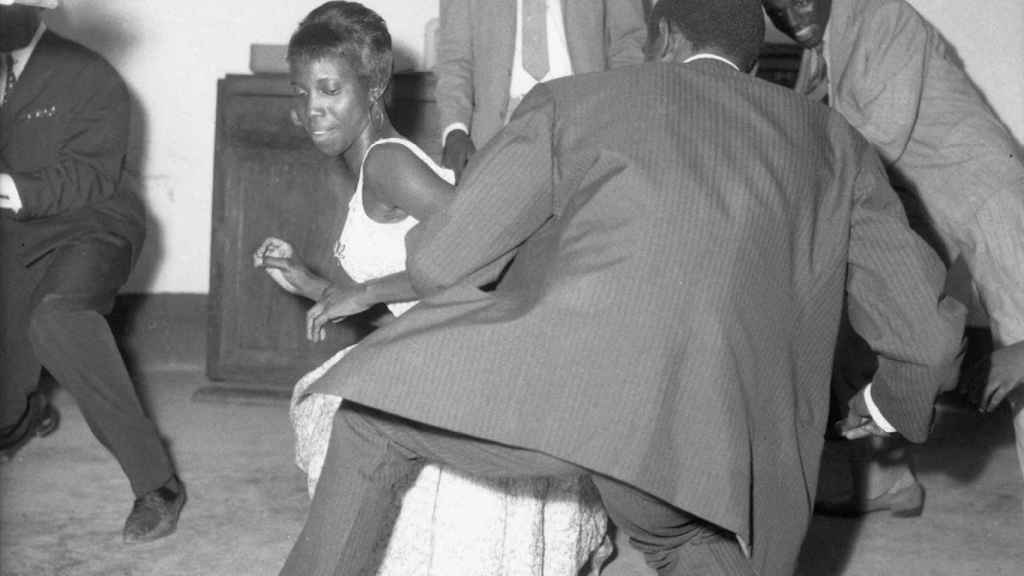
Malick Sidibé: ‘Dancing the twist’, 1965
100% Africa. 2006.
25 artists born in Black Africa from the Contemporary African Art Collection with works about blackness or community, such as Bruly Bouabré’s Bété Alphabet, conceived for the Bété people, who lack writing, so that they can write all the world’s languages.
Pablo Palazuelo: ‘Omphale II’, 1962 (detail)
Palazuelo. work process. 2007.
An attempt to internationalize his legacy by emphasizing the complexity of his creative process. A search for forms between esotericism and scientific thought that derives in exquisite spellings that yearn for the symbolic.
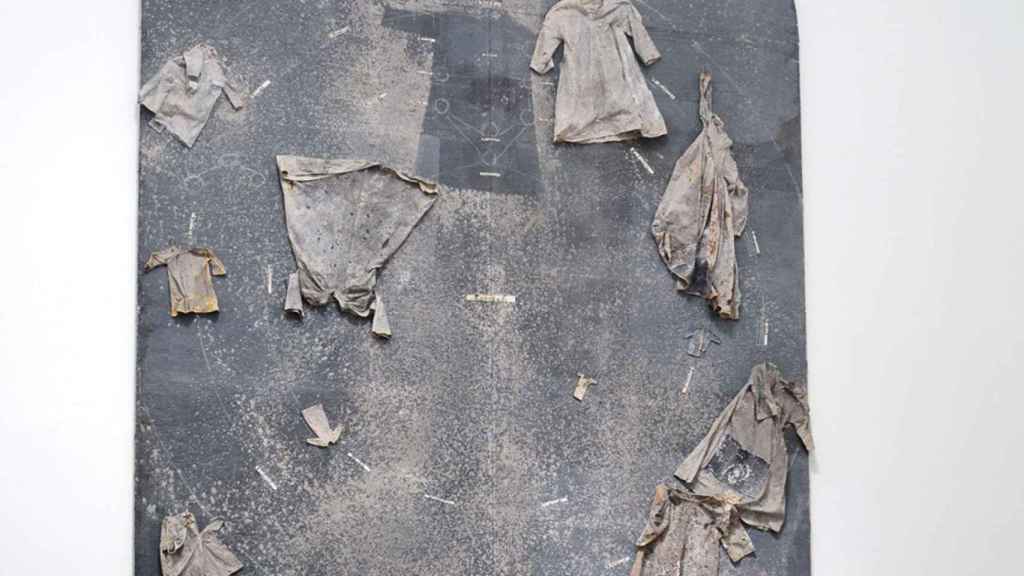
Anselm Kiefer: ‘The Hierarchy of Angels’, 2000 (detail)
anselm kiefer. 2007.
On its tenth anniversary, the museum presented an anthology curated by Germano Celant. Organized thematically, it explored the role of the human being within the cosmos through the interrelationships between history, literature
and German identity.
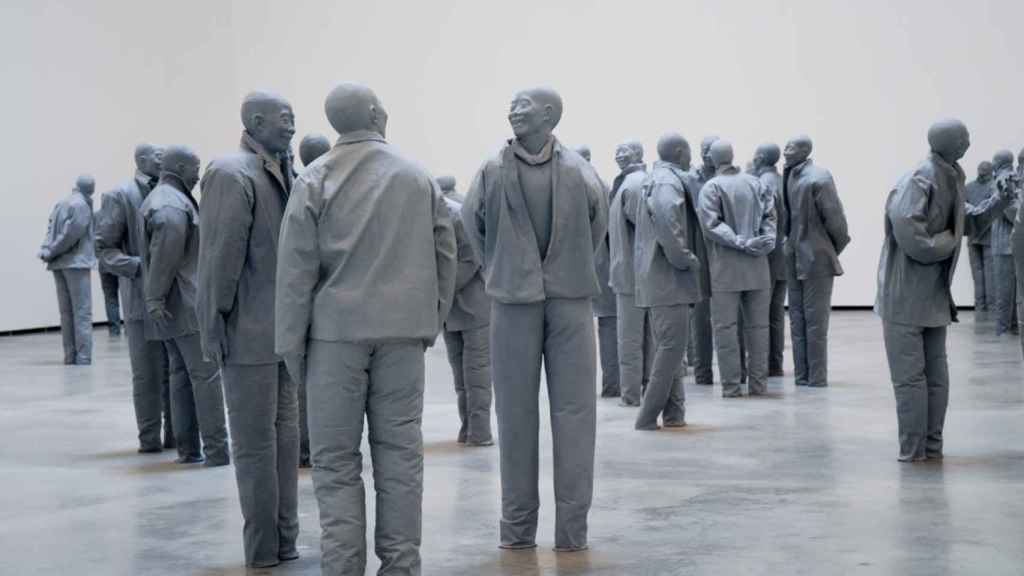
Juan Muñoz: ‘Many times’, 1999
Juan Munoz: retrospective. 2008
Loneliness, isolation and individual introspection were the guiding thread of this extraordinary retrospective of Juan Muñoz, one of the most talented innovators of contemporary sculpture.
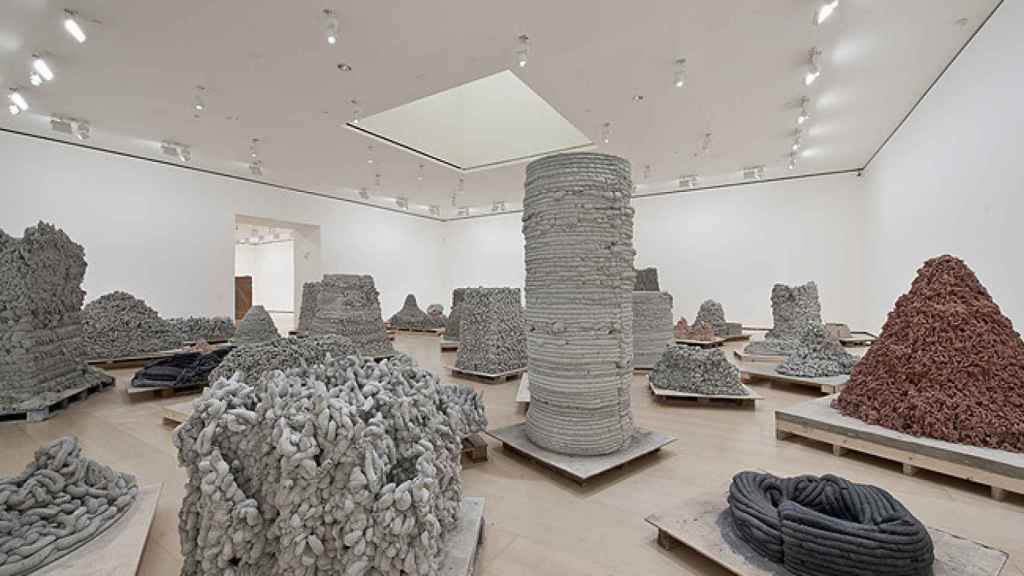
View of one of the rooms of the Anish Kapoor retrospective in 2010
Anish Kapoor. 2010
A spectacular monograph of abstract installations in which Kapoor shone in all his splendor. Post-minimal lyricism of pure and brilliant pigments or fiberglass in works conceived as mystical rituals.
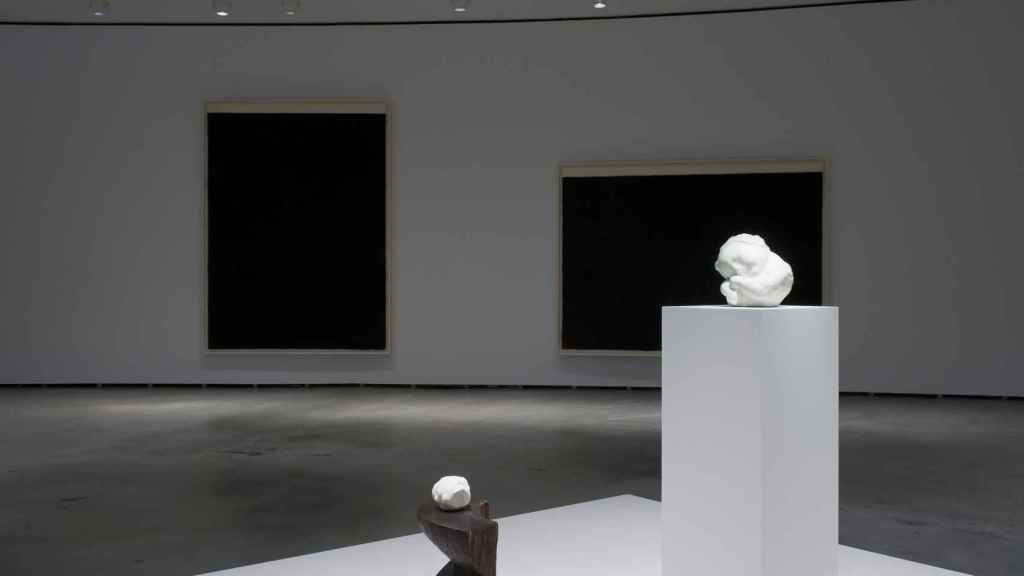
View of the exhibition ‘Brancusi-Serra’
Brancusi-Serra. 2011
Time and space stop and confront each other in the work of two of the greatest exponents of 20th century sculpture, Constantin Brancusi and Richard Serra. The weight against the flight of noble materials and ideas.
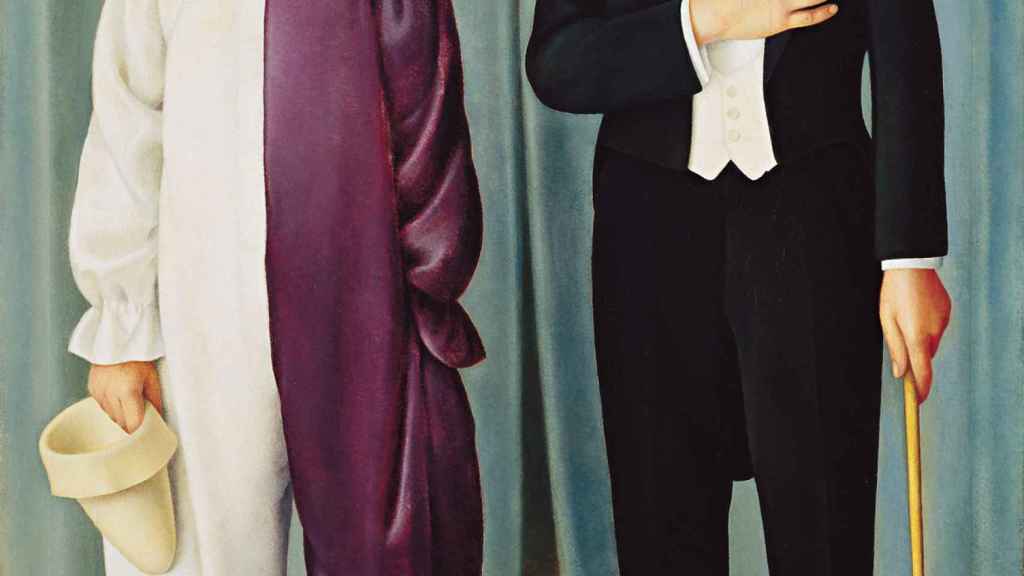
Antonio Donghi: ‘Circus (Equestrian Circus)’, 1927 (detail)
Chaos and Classicism: Art in France, Italy, Germany, and Spain, 1918–1936. 2011.
In response to the destruction of World War I, art struck back with a return to order. Cleanliness of lines, rupture with abstraction and recovery of the figuration of the body. Art as demiurge of the world.
Yoko Ono: ‘Paint to add color’, 1960-1966
Yoko Ono. Half A Wind Show. retrospective. 2014.
Almost 200 works to celebrate the 80th anniversary of an unjustly reviled artist, despite her irony and the intelligent poetics of her ideas, the raw material of her work.
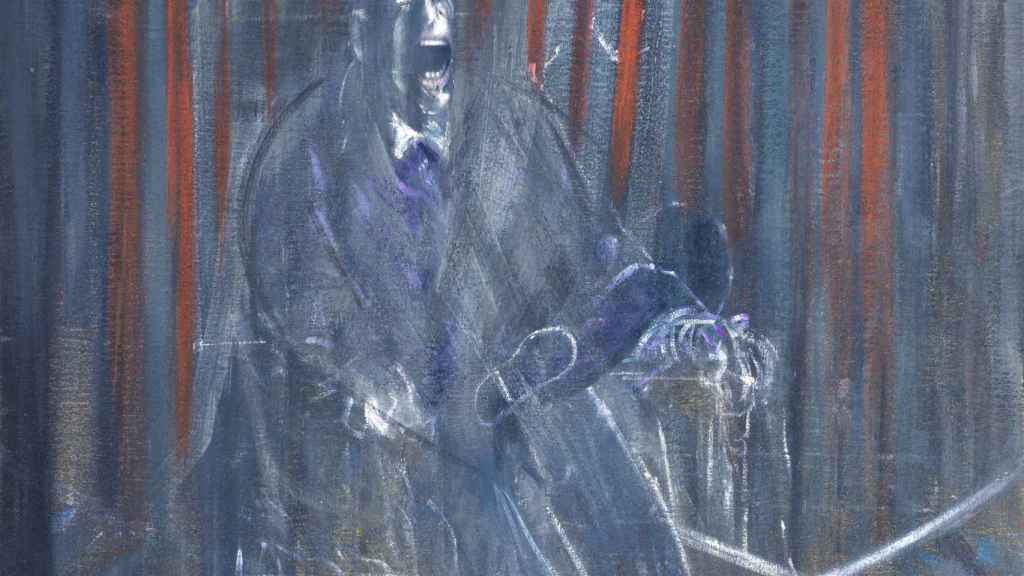
Francis Bacon: ‘Study according to Velázquez’, 1950 (detail)
Francis Bacon: From Picasso to Velazquez. 2016.
Goya, Velázquez or Picasso as echoes that resonate in the canvases of Francis Bacon. The Portrait of Pope Innocent X as a motif. Paint that drags and undoes the meat turning it into a scream.
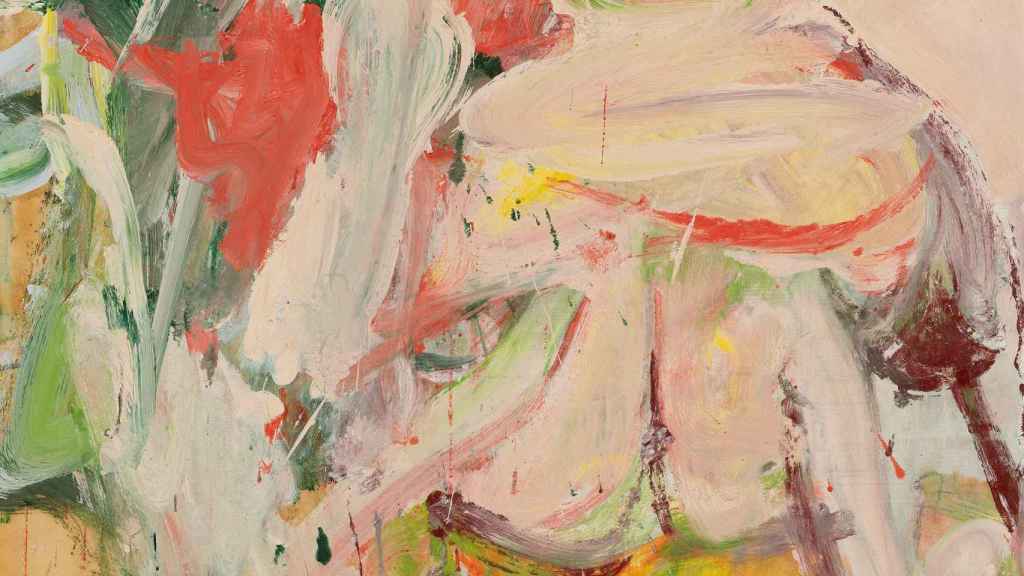
Willem De Kooning: ‘Untitled (Woman in a Forest)’, h. 1963-64 (detail)
Abstract Expressionism. 2017
The simple expression of complex thinking and the breaking of conventions. Tragedy, ecstasy, fatality. A polyhedral movement beyond New York in a simply overwhelming exhibition.
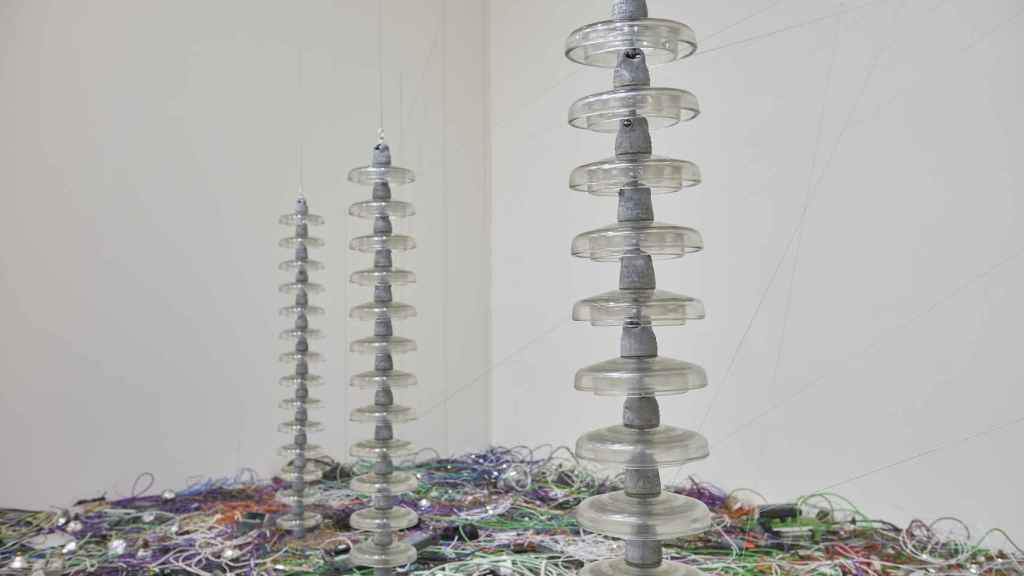
Esther Ferrer: ‘Installation with electrical elements’, mid 1980s-2018
Esther Ferrer. interlocking spaces. 2018
Maieutics, unanswered questions for the viewer to draw their conclusions, is his main strategy. The performance pioneer presented installations and actions activated by the public.
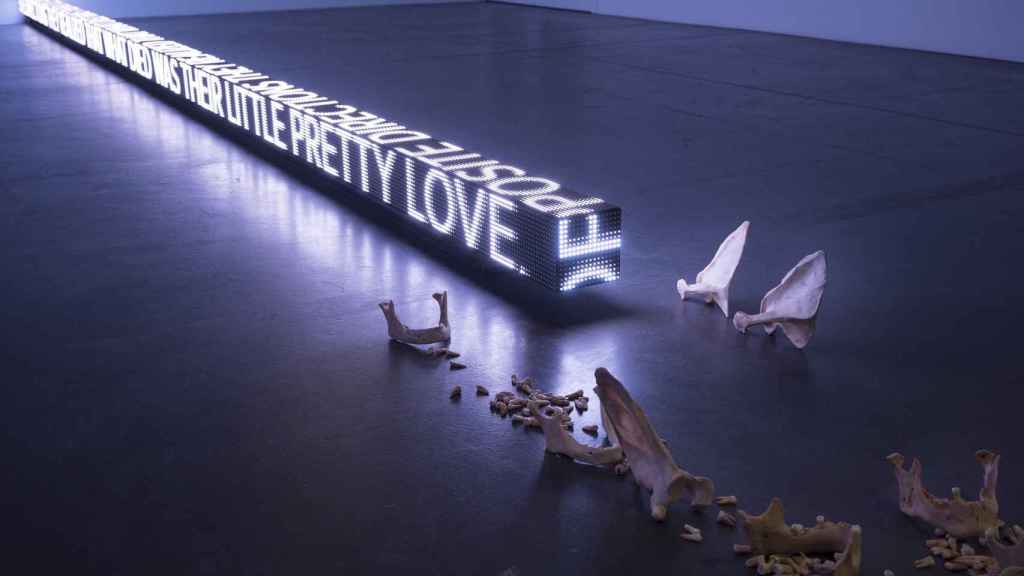
Installation by Jenny Holzer
Jenny Holzer. the indescribable. 2019
Texts projected on the museum’s titanium skin, on leaflets or on bronze plaques. Verses by Basque poets, scathing aphorisms about American government documentation. The most exhaustive exhibition of the artist.
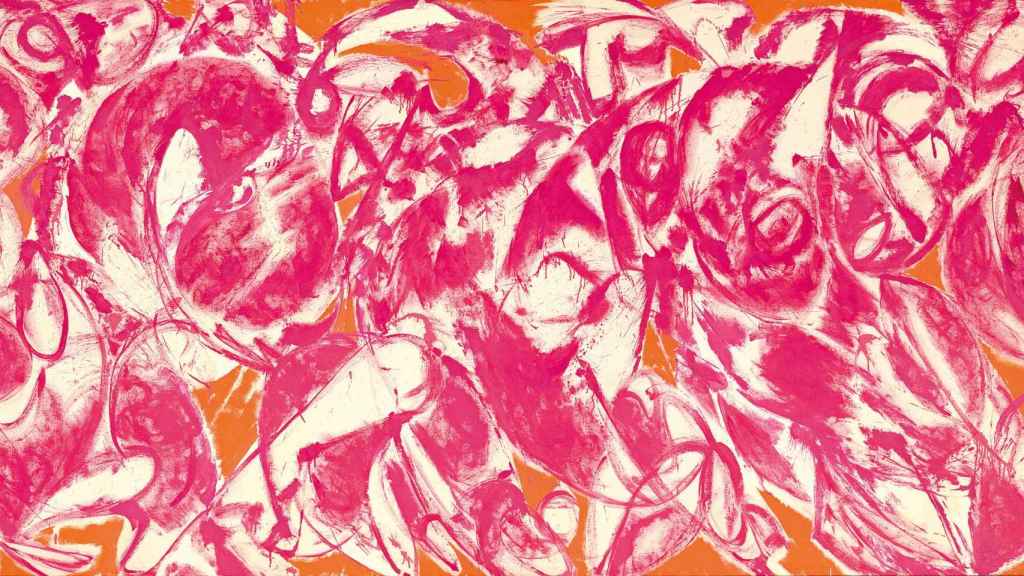
Lee Krasner: ‘Combat’, 1965
Lee Krasner. Bright color. 2020
A visual poetics where the grammar of color dominates in the exhibition that has brought together the most pieces by this artist in Spain. Overshadowed by her husband, Jackson Pollock, she was able to work in freedom without the pressure of the market.
Lygia Clark: ‘Modulated surface no. 5’, h. 1955
Lygia Clark. Painting as an experimental field, 1948-1958. 2020
His formative years as a narrative key. The transit between figuration and abstraction that crosses exquisite geometries of flat colors and rhythmic patterns. The contained anarchy of forms.
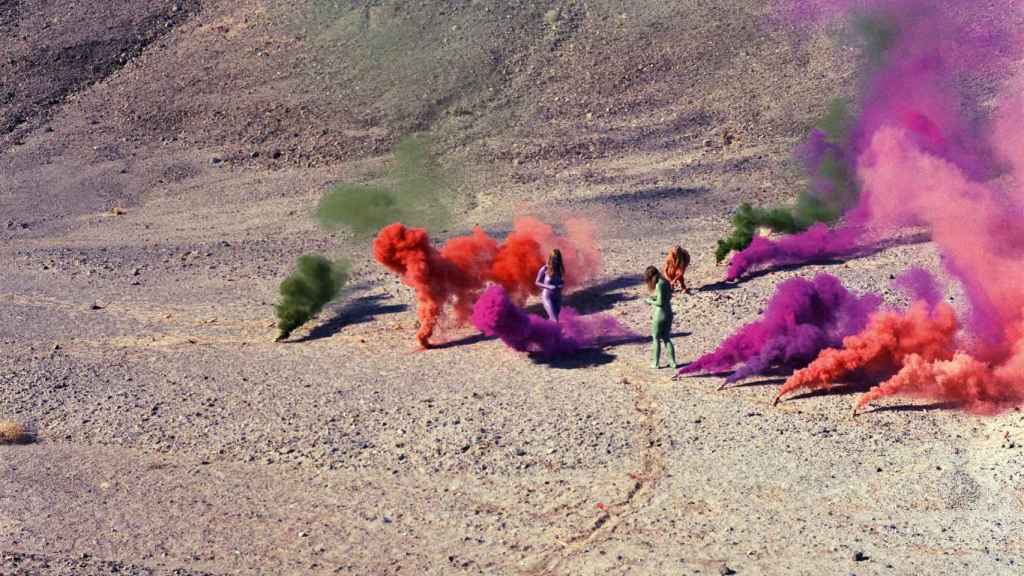
Judy Chicago: ‘Bodies of Smoke, California’, 1971-72
Women of abstraction. 2021
Essential to make visible the female contribution to modernity. Russian avant-gardes, the spiritualist wave and the American Bauhaus as axes. Imposing Pompidou pieces that conquer worlds of spirituality, geometry and intuition. Judy Chicago: Bodies of Smoke, California, 1971-72.

